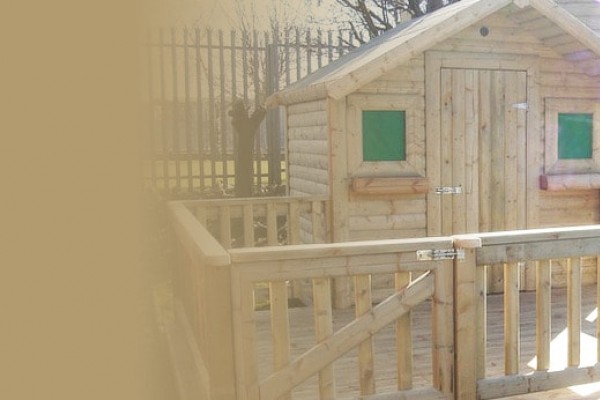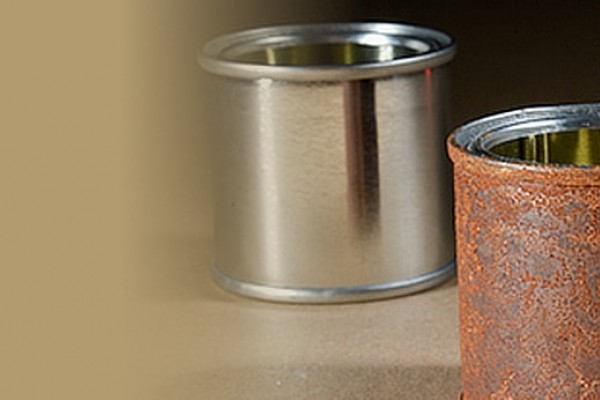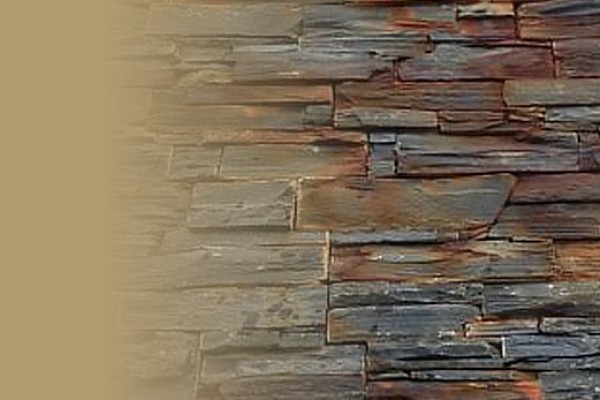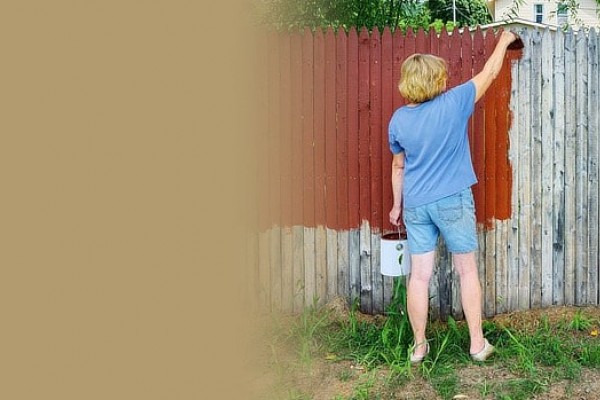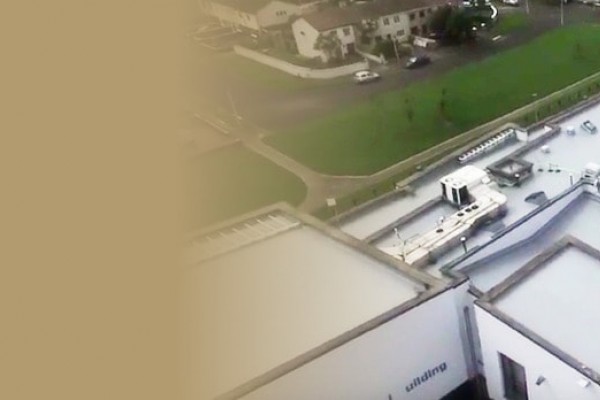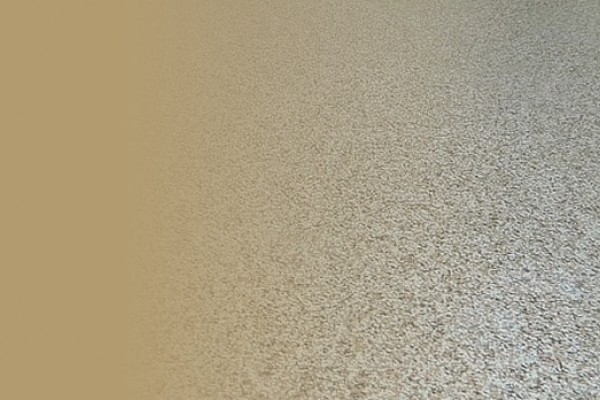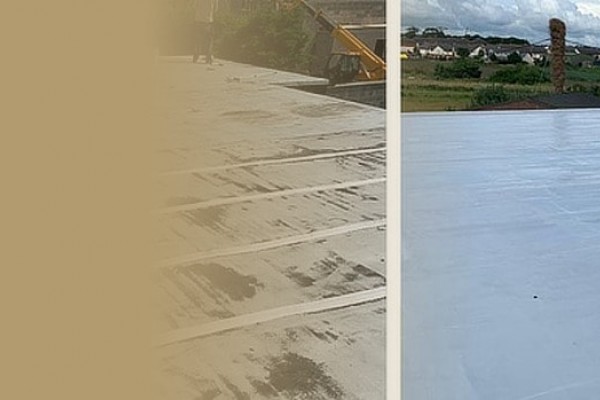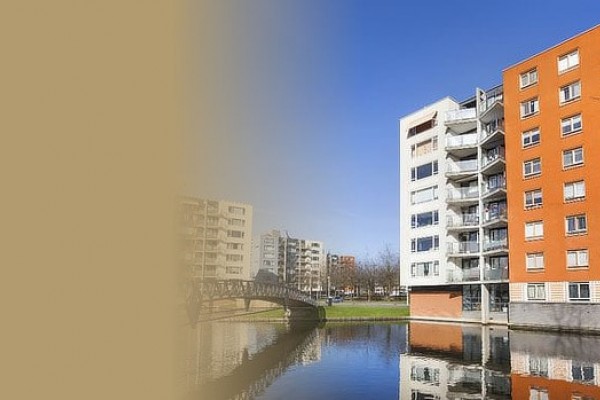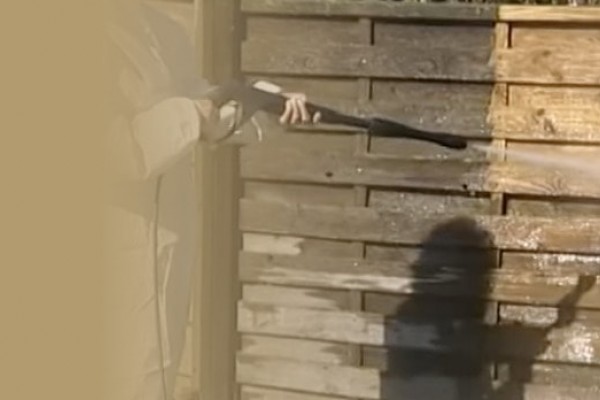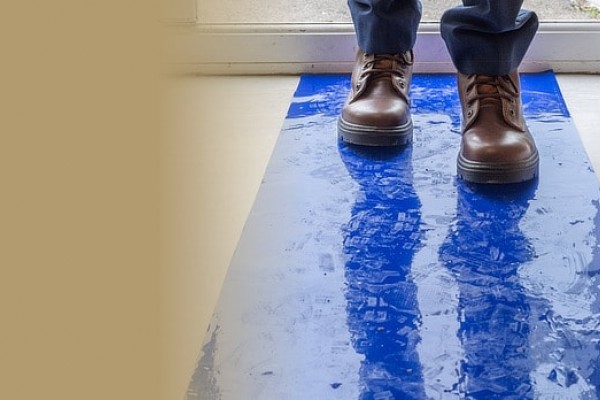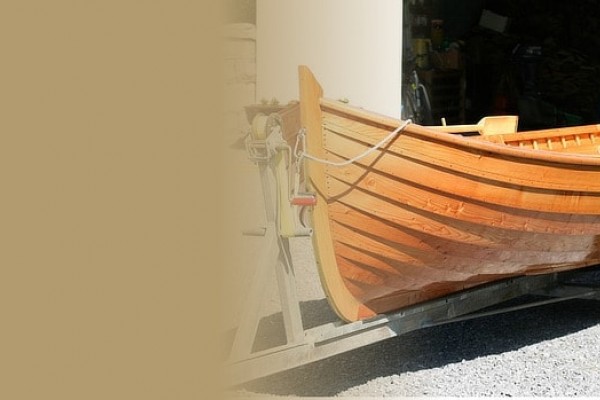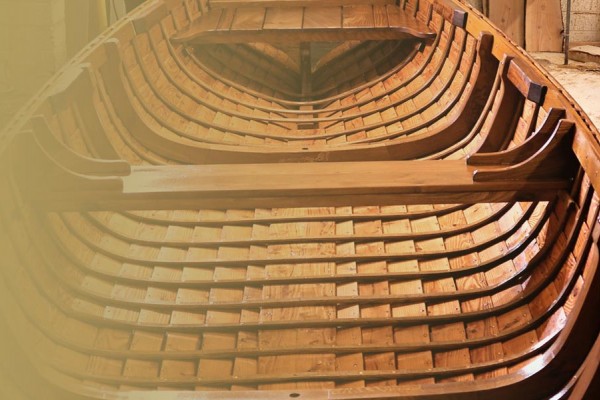Porch Paint Peeling
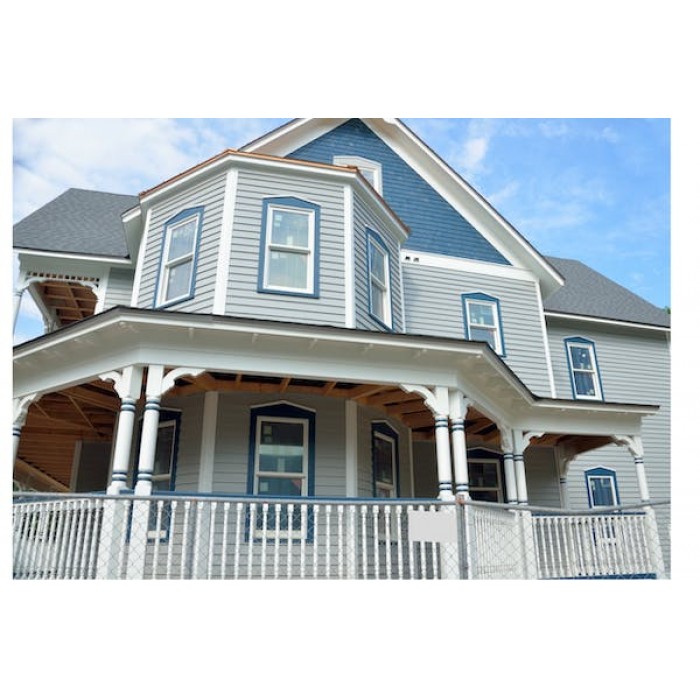
Last year, some time after plastering and painting the inside of our porch after, the paint began to blister, & if we painted over it, it would blister again. Could the walls be damp or is there anything I can do? (M Behan Dublin 5).
Possibly some salts etc from the relatively new plaster may have caused the initial problem. Another possibility is, it might have been painted before the wall was thoroughly dried out. It's hard to say for sure. Anyway, to fix the problem at this stage I would suggest the following.
First, establish if any moisture is coming in through the wall.
Here's a neat trick you can use to check out a situation like that out. You need a square foot or two of common kitchen aluminium foil and some good strong adhesive tape like silver coloured Duck tape. Attach the aluminium sheet on the inside of the wall with the tape. Place more foil on different areas of the wall if or where you suspect a damp related problem might exist. Leave overnight or so, then remove the foil carefully and see if moisture has collected on the rear of the foil. If this has happened, it would indicate that moisture is coming in from the outside. If the foil is dry, you can assume the wall is OK.
If your wall is 'letting in' you need to deal with that specific problem before thinking about any painting, possibly by applying a good breathable 'Water Seal' on the outside. When satisfied that your wall is ok, you can then tackle the paint situation. If you have a really bad situation, which I doubt very much from the way you describe it, you would need to speak with a competent builder who deals with refurb work.
First you need to scrape off all loose bits and check for, and remove more paint bubbles that have not yet 'matured' to a blister. A scraper will take the heavy stuff off and a quick rub of a wire brush or sandpaper should finish the preparation. Next you need to decide what type of paint you are going to apply, i.e. whether water based emulsion or an oil based like eggshell, etc. If you choose a water base, pick up a strong stir-in bonding primer like E-B (short for Emulsa-Bond) and mix in about 25 to 30% of that into your first coat only. That will make your first new coat grip tightly to the wall. Apply your second coat without E-B. If you want a nice roller mark free finish you could pop in about 10% of a good emulsion paint additive like Floetrol.
That's it, you should have a pretty good result if you take those steps. I've done a similar job on a very bad old 'sandy' wall and it held perfectly.
If you plan to use an oil based paint, substitute the E-B with Owatrol Oil (a great oil based primer - gripper) and use it in a similar way.(stir in to first coat).

